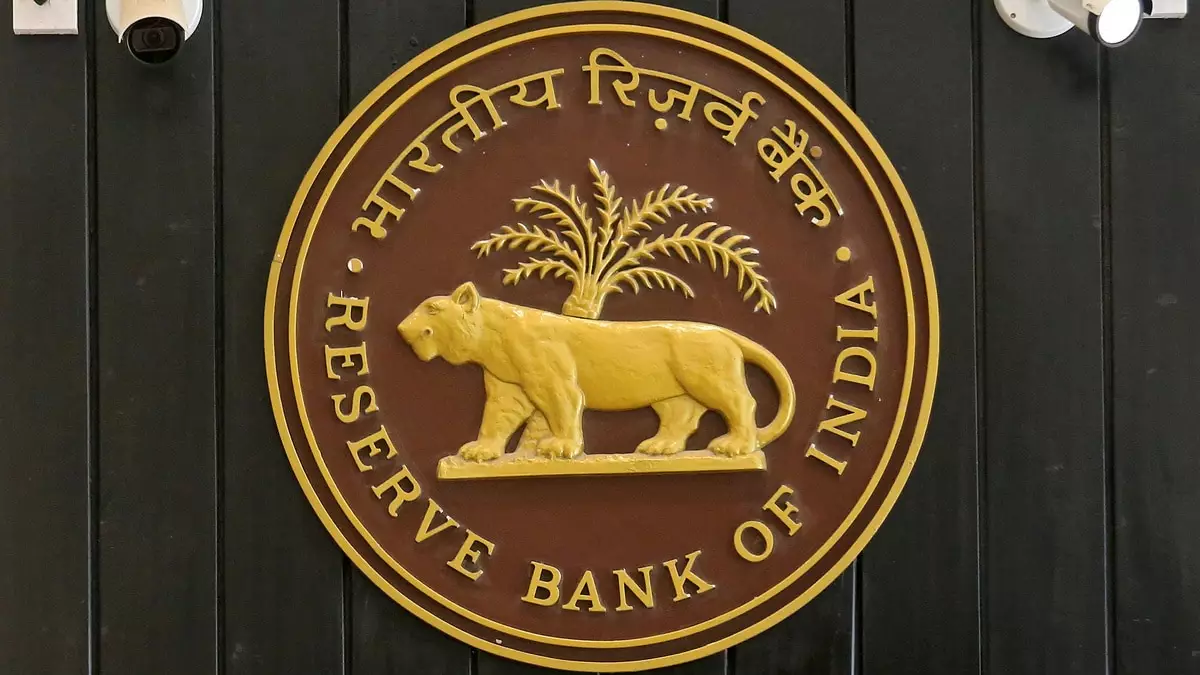As the landscape of global finance continues to evolve, the Reserve Bank of India (RBI) has highlighted asset tokenisation as a noteworthy development in its Financial Stability Report for 2024. Released on December 30, this report provides crucial insights into how the digitization of assets through blockchain technology is poised to influence India’s financial ecosystem. By focusing on asset tokenisation, the RBI illuminates a practice that, while in its infancy, has significant potential to reshape both traditional and decentralized finance.
The Growing Interest in Tokenisation
Tokenisation, the process of converting real-world assets into digital tokens on a blockchain, is increasingly capturing investor interest. This trend is particularly evident in the context of financial assets like bank deposits, shares, and government securities. The RBI acknowledges that asset tokenisation could create greater connectivity between traditional finance and the burgeoning decentralized finance (DeFi) space. This interconnectedness opens up new avenues for investment, allowing for greater liquidity in markets that traditionally have been illiquid, such as real estate or land.
One of the most compelling advantages of tokenising physical assets is that it enables fractional ownership. Owners can sell parts of their assets, thereby attracting a broader range of investors and enhancing the asset’s utility. This liquidity can be a game changer, offering asset holders more flexibility in managing their investments. However, while the potential benefits are significant, they come with a caveat that needs thorough contemplation.
Despite the promise that tokenisation can bring to the Indian economy, the RBI has flagged several critical concerns. The adoption of Distributed Ledger Technology (DLT) presents various vulnerabilities related to financial stability, including issues with liquidity, maturity mismatches, and operational fragilities. The RBI’s report cautions that, although these concerns are currently limited due to tokenisation being in its early stages, they require careful monitoring as the practice gains traction.
Moreover, the interaction between tokenised assets and existing financial frameworks could introduce unexpected complexities. As the report aptly puts it, the initial benefits should not overshadow the potential systemic risks. The rapid evolution of financial technologies often outpaces regulatory frameworks, leaving a gap that could be exploited or lead to instability.
In conjunction with its commentary on asset tokenisation, the RBI maintains a critical stance towards cryptocurrencies. The organization has observed significant fluctuations in crypto asset prices, a development that could have broader implications for macroeconomic stability. The report underscores that cryptocurrencies could undermine monetary policy, elevate fiscal uncertainties, and complicate capital flow management.
While the Indian government has yet to establish comprehensive regulatory frameworks for cryptocurrencies, the RBI insists on a diligent approach to monitoring this sector. Interestingly, contrasting developments in other nations could influence India’s stance; for instance, anticipated pro-crypto reforms in the U.S. might create ripple effects, encouraging innovation and regulatory reconsideration globally.
The RBI’s assessment of tokenisation signifies a pivotal moment in India’s financial narrative. As the country grapples with the implications of traditional finance’s intersection with blockchain technologies, stakeholders in the financial ecosystem must be vigilant. The ongoing dialogues between regulators, financial institutions, and investors will be crucial in harnessing the advantages of asset tokenisation while safeguarding against potential risks.
The future remains uncertain; as asset tokenisation accelerates and regulatory frameworks mature, there is a pressing need to ensure that this financial innovation fosters stability rather than undermines it. As India navigates this evolving landscape, the balance between innovation and regulatory oversight will be critical in shaping a robust and secure financial environment.


Leave a Reply